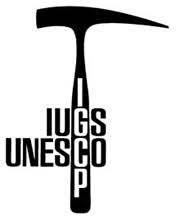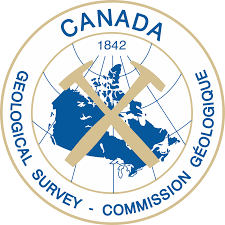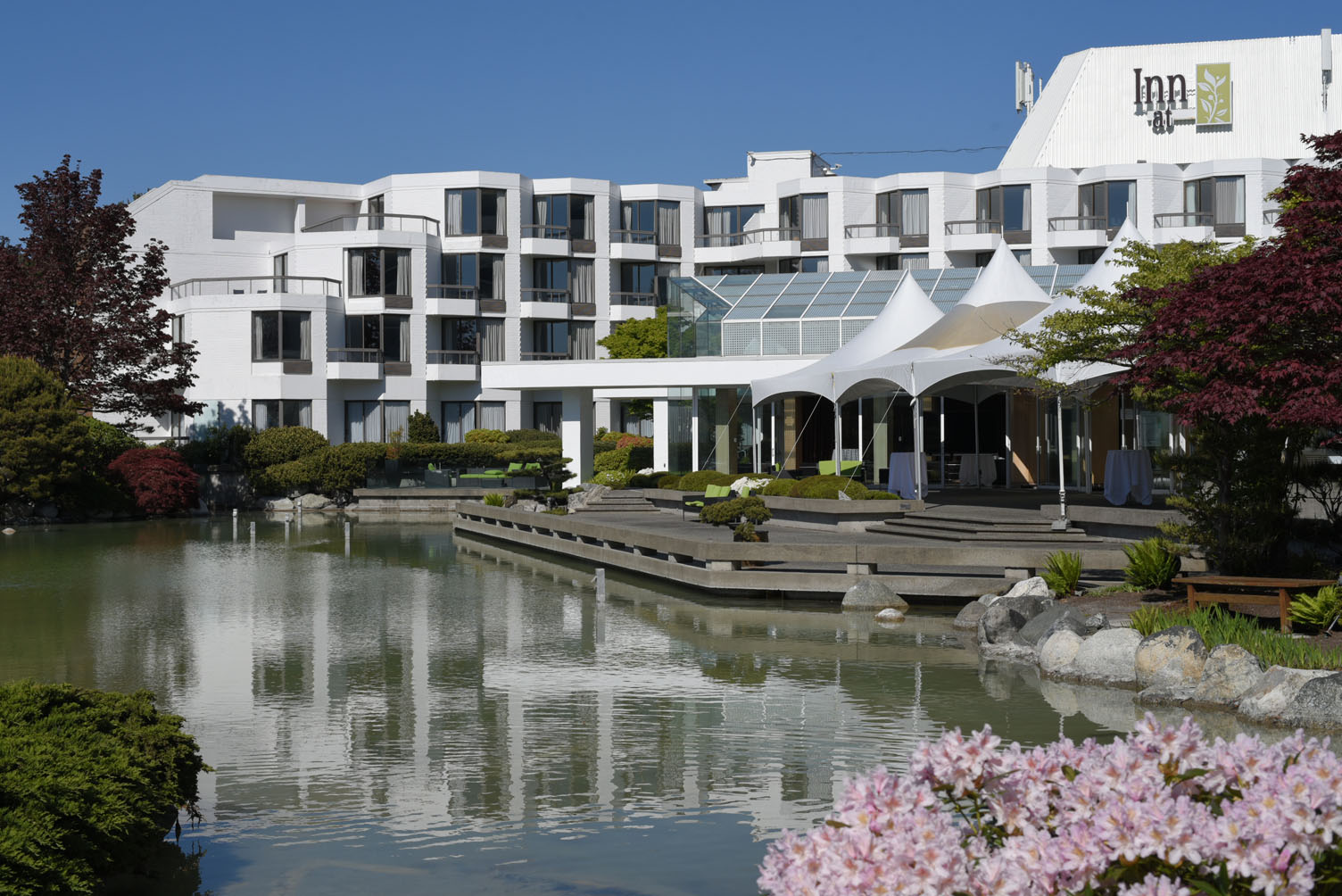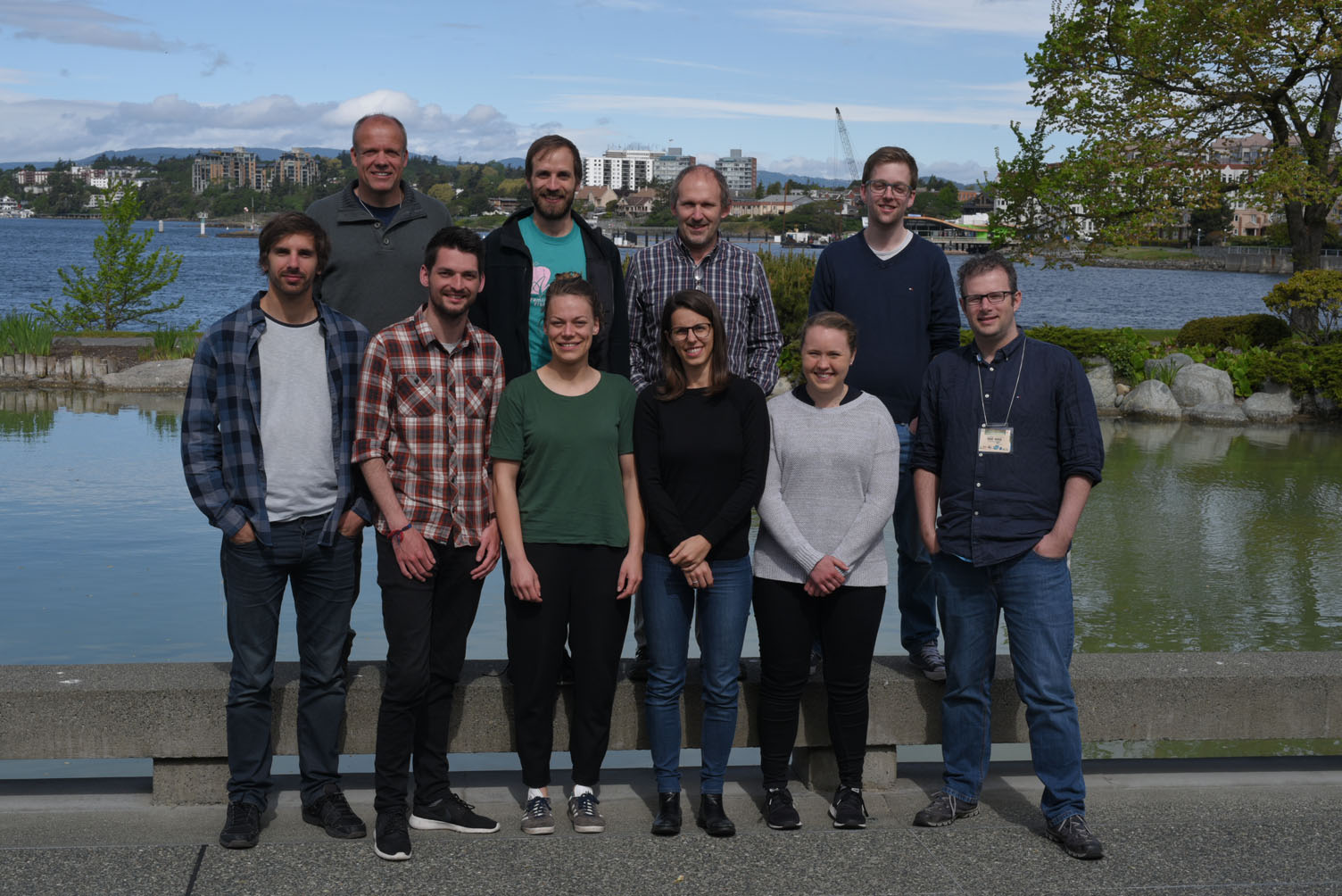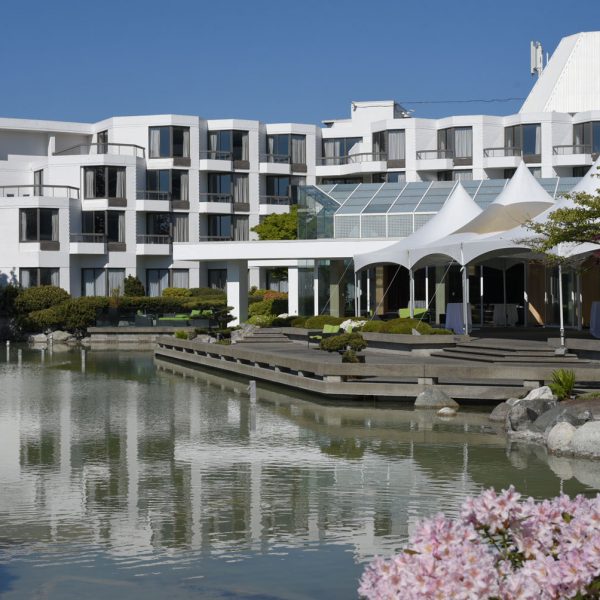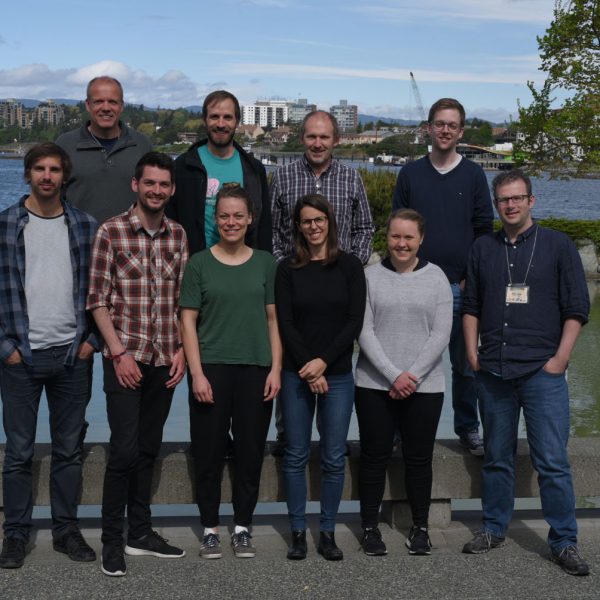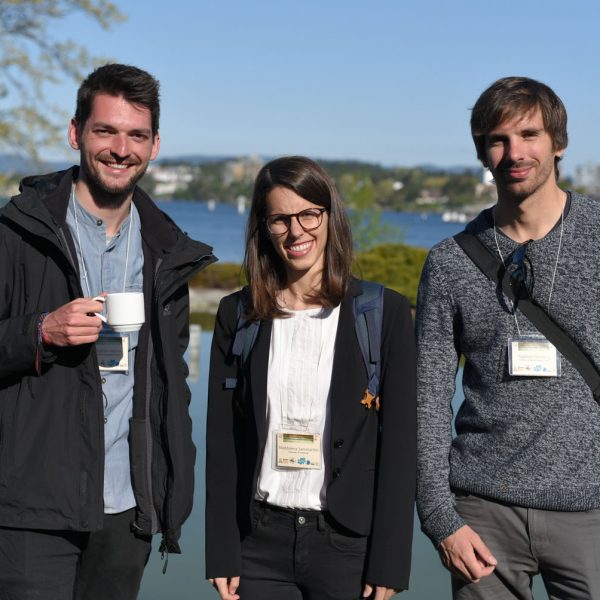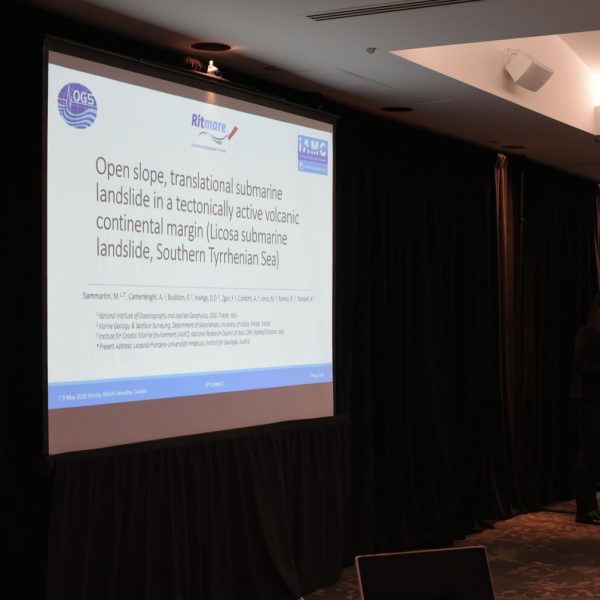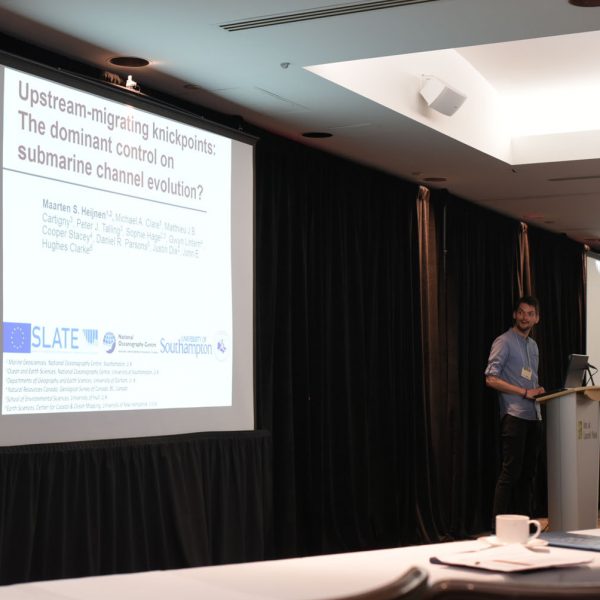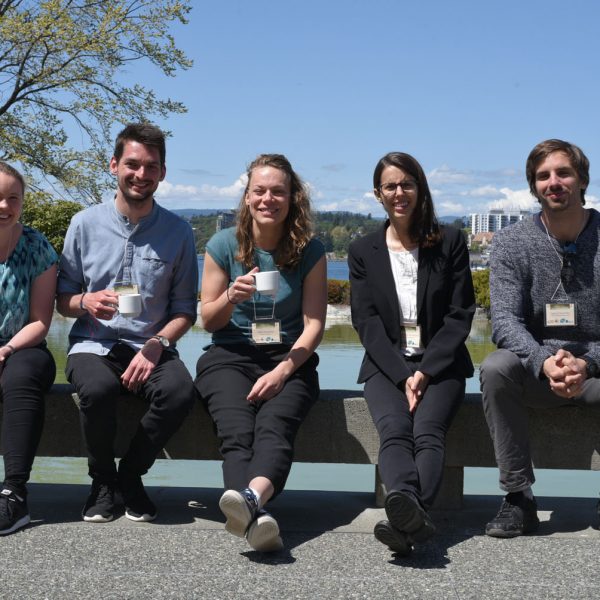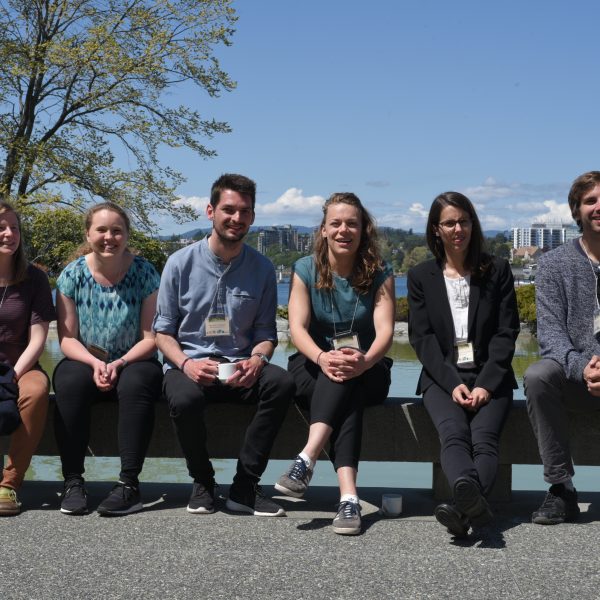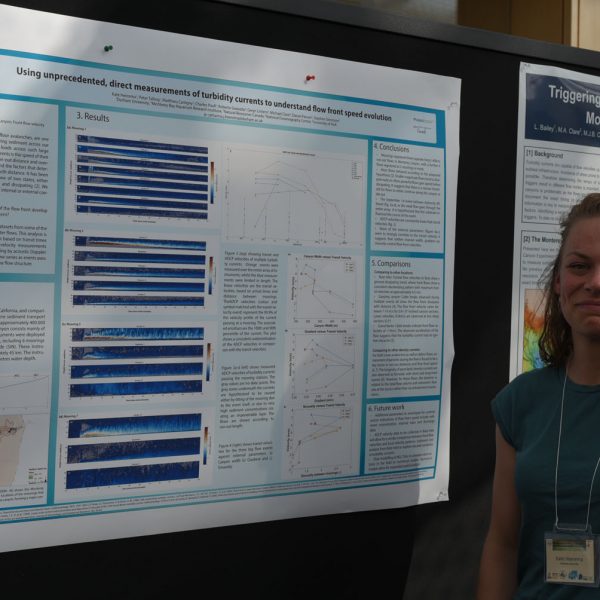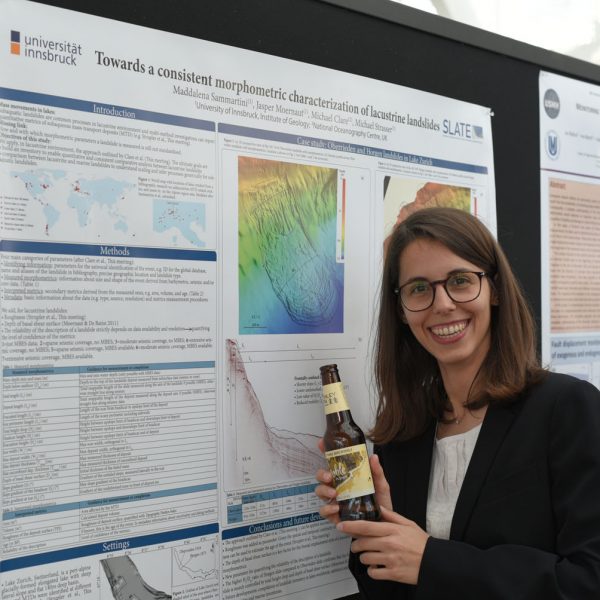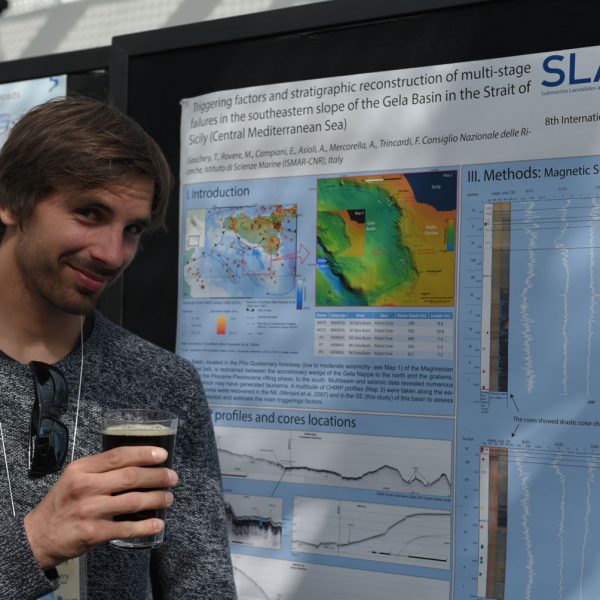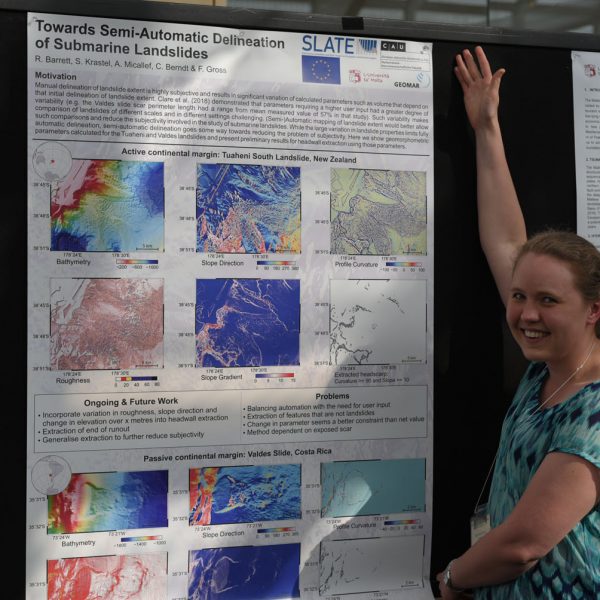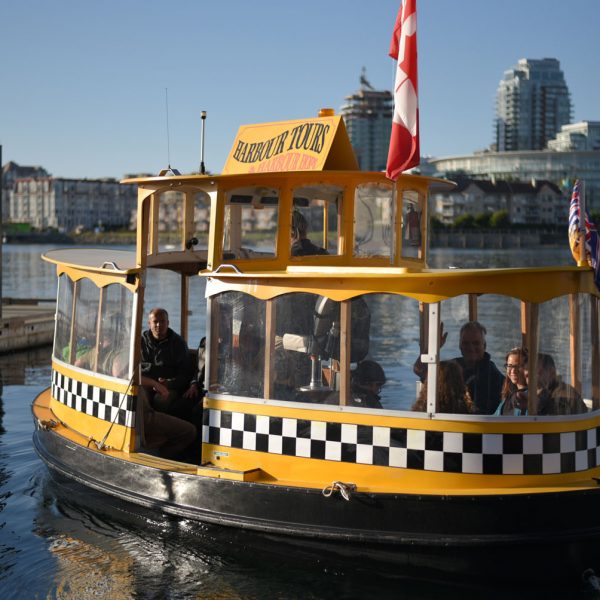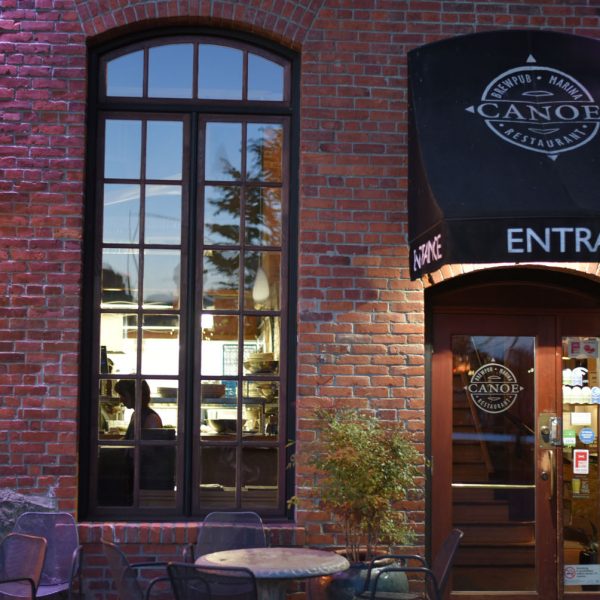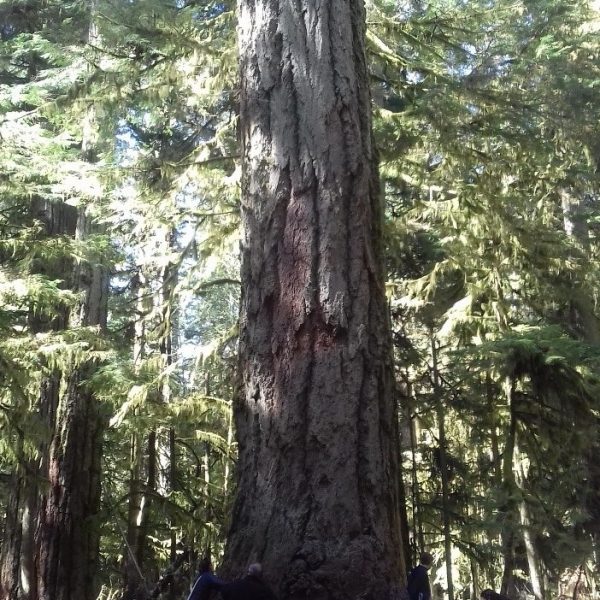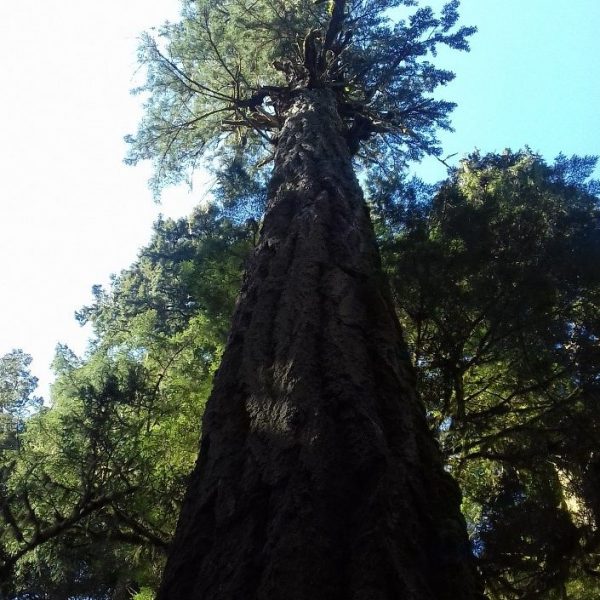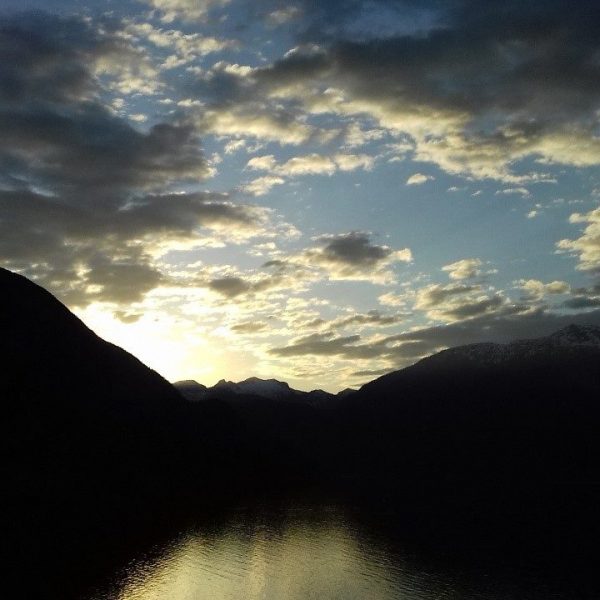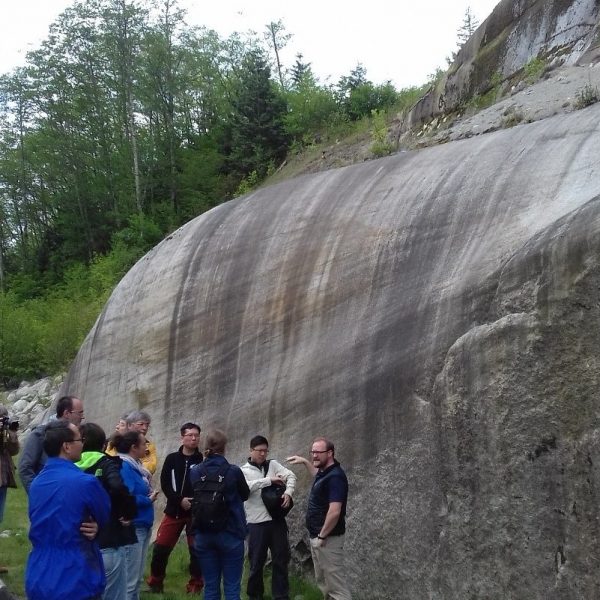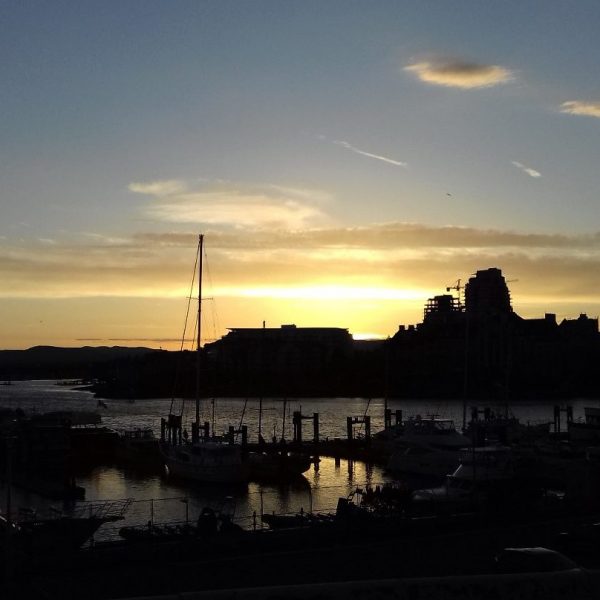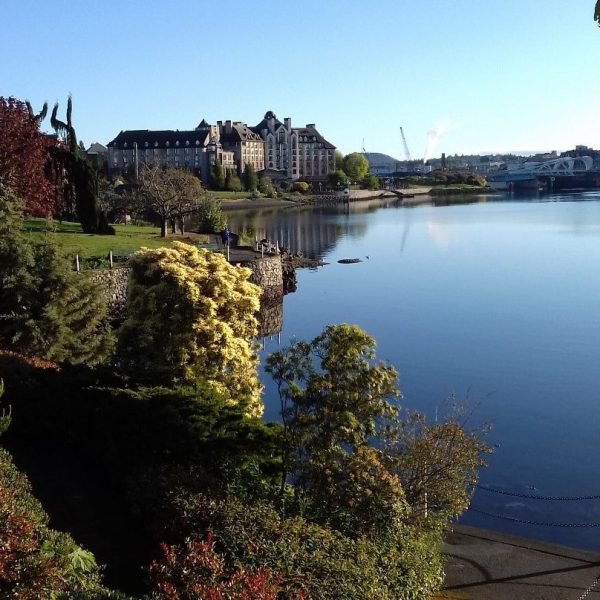
Review of the 8th International Symposium on Submarine Mass Movements and Their Consequences (ISSMMTC)
Rachel Barrett (ESR1), Tugdual Gauchery (ESR3), Maddalena Sammartini (ESR15) | @ Victoria, Canada (7-9 May 2018)
The 8th International Symposium on Submarine Mass Movements and Their Consequences (ISSMMTC) was hosted in Victoria, Canada this year. This bi-/triannual conference is a great opportunity for scientists who are studying mass wasting events to come together and discuss the latest in this growing field of research, and the small size of the conference (about 100 delegates) makes it easy for students to get involved and get good feedback on their work.
SLATE was well represented with PhD candidates (Rachel Barrett, Tugdual Gauchery, Kate Heerema, Maarten Heijnen and Maddalena Sammartini), Principal Investigators (Sebastian Krastel, Michael Clare and Angelo Camerlenghi), SLATE Project Manager (Jannis Kuhlmann), and SLATE-GEOMAR Project Partner (Morelia Urlaub) all presenting their work.
Here, three of our PhD students discuss their experience at the conference:
Rachel Barrett (ESR1)
I presented a poster on my recent work entitled “Towards Semi-Automatic Delineation of Submarine Landslides”, borne out of work that began during my research stay with Aaron Micallef in Malta in January. In the poster, I presented preliminary results for the semi-automatic extraction of the headscarps of the Tuaheni and Valdes landslides (active and passive margin, respectively), using values of curvature and slope. A key goal in semi-automatically delineating submarine landslides is to reduce the visual bias (and consequently, range in the value of subsequently calculated parameters such as runout length and volume) that is innately present when their extent is manually defined.
Presentations and conversations I had during the conference helped to highlight research priorities for the next couple of months, and I left the conference with a clearer understanding of what has already been tested in this field (both successfully and unsuccessfully), as well as with possibilities of future collaborations. Overall, I found the 8th ISSMMTC to be a fantastic learning opportunity, and look forward to the next one in 2020.
Tugdual Gauchery (ESR 3)
In May 2018 the 8th ISSMMTC was held in Victoria (BC). After presenting a poster at the EGU in April, the focus on mass wasting and the decrease in the number of participants made this symposium even more interesting and it was also easier to get in contact with other scientists.
The poster I presented “Triggering factors and stratigraphic reconstruction of multi-stage failures in the southeastern slope of the Gela Basin in the Strait of Sicily (Central Mediterranean Sea)”, was the next step of my research project for my PhD conducted at ISMAR-CNR in Bologna (Italy). This conference was a great way to show my work to experts and get to know more people from the offshore mass wasting research community.
It was also a chance to visit this beautiful country and discover new places by participating in field trips organised by the conference. They showed us the best places to see in terms of nature (Saanich inlet; Cathedral Grove, Cypress Mountain, …) and geology (tsunami records in Port Alberni, spits, coastal erosion, Squamish geohazards and emergency planning, mass movements, flood mitigation and marine infrastructure). I also got the chance to hear R. Craig Shipp, who is the principal technical expert in geohazards assessment at Shell International Exploration and Development Company, for the course “Introduction to Geohazards Assessment: An Energy Industry Perspective” organized by the conference and which lasted 2 days. The different types of geohazards, the drilling operations, the seismic data, the geohazards interpretation, the standards, and monitoring were reviewed, analyzed with examples and with the leader’s experience.
Maddalena Sammartini (ESR 15)
In May 2018 I participated in the 8th ISSMMTC, the first conference since the start of my PhD in Innsbruck. Since I was presenting both a poster and a paper, it was a challenging but very positive experience.
The paper I presented, “Open-slope, translational submarine landslide in a tectonically active continental margin: the Licosa submarine landslide (South-eastern Tyrrhenian Sea)” (Sammartini et al., This conference), is the result of the internship I completed at the OGS in Trieste, Italy, under the supervision of Dr. Angelo Camerlenghi. In my 15-minute talk I presented the interpretation of bathymetric, seismic and core data of Licosa landslide, which occurred on a very gentle and apparently stable slope approximately 11 ka BP. Our research was aimed at identifying evidence in the regional geological structure for potential slope-failure preconditioning factors and triggering factors.
The poster I presented showed some preliminary results of my PhD, which focuses on building a catalogue of lacustrine landslides worldwide. I applied, in a lacustrine environment, the consistent quantitative-description method outlined by Clare et al. (This conference), showing two outstanding examples from Lake Zurich.
The symposium has been a great occasion to “officially” enter into marine geology research, as well as to meet international colleagues. Furthermore, the interaction with other scientists provided me with a list of other lakes to add to my catalogue of lakes where landslide-related research has been carried out.
- Victoria, BC, Canada
SLATE participants
ESRs:
- R. Barrett, ESR1 [Poster]
- T. Gauchery, ESR3 [Poster]
- K. Heerema, ESR5 [Poster]
- M. Heijnen, ESR10 [Talk]
- M. Sammartini, ESR15 [Poster]
- M. Sammartini, ESR15 [Talk]
other SLATE members:
- S. Krastel, PI of ESR1 [Talk]
- M. Clare, PI of ESR10 [Talk]
- J. Kuhlmann, Project Manager [Talk]
- M. Urlaub, Project Partner [Talk]


